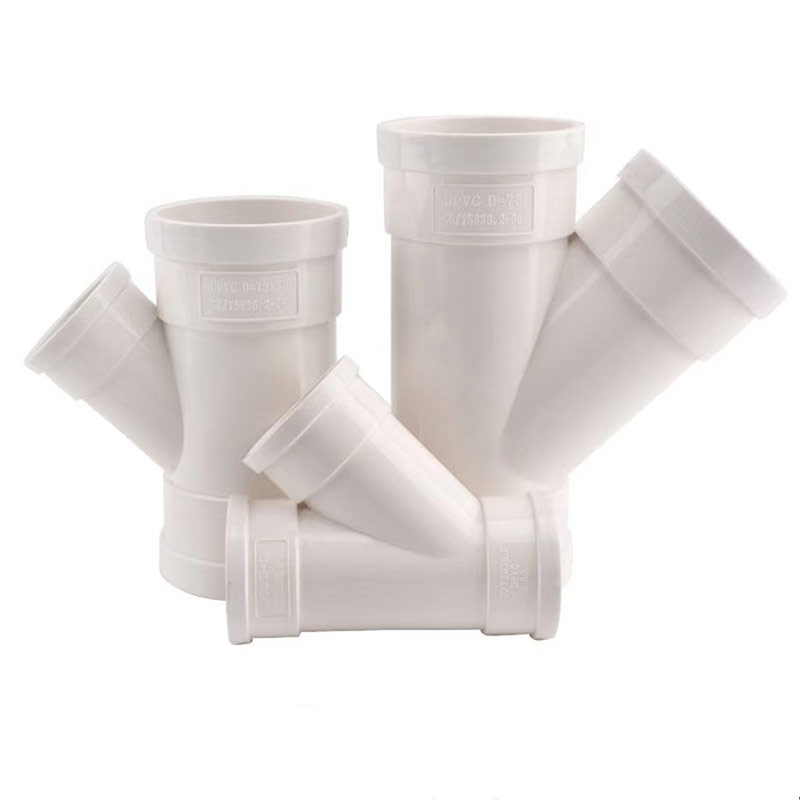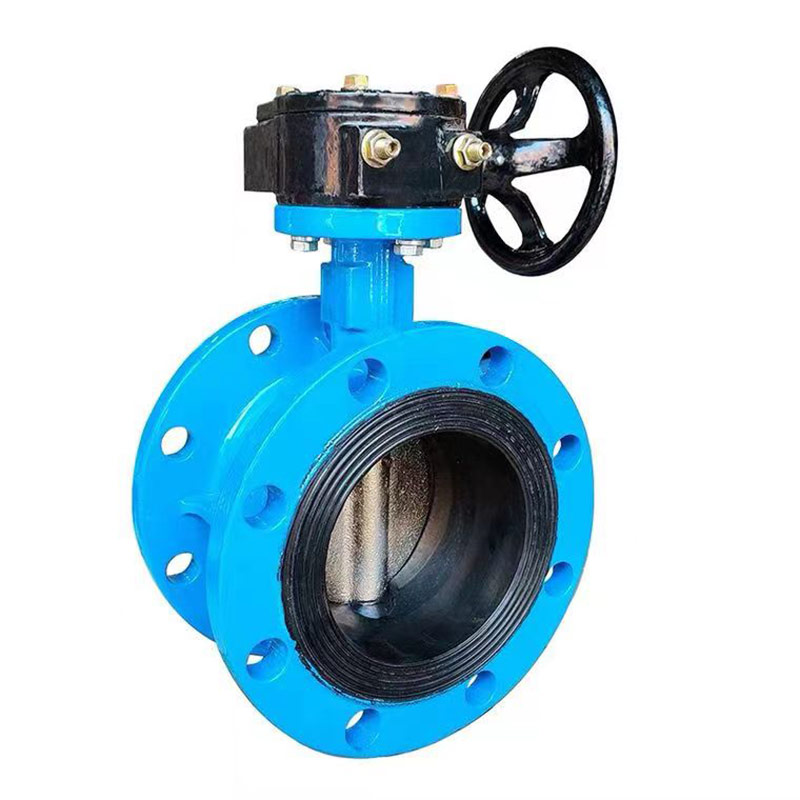Please ensure that JavaScript is enabled in your browser to view this page.
3D printers have done wonders for at-home hobbyist fabrication, but they’re still mostly limited to plastic. To fabricate metal parts, you’ll need a CNC mill, a powerful laser cutter, a water jet, a plasma cutter, or hand tools and a lot of time. However, even with those tools you’ll struggle to make small, delicate parts with tiny details, as the cutting processes tend to deform the thin metal. When manufacturing at scale, those parts are usually stamped. But it is also possible to fabricate them using photochemical machining and this video from Applied Science will show you how. Water Well Jet Pump

Photochemical machining works a lot like the PCB photoetching techniques that makers have taken advantage of for decades now, except that it works with steel. There are companies that will perform this process for you, but they charge a lot of money — you can easily spend a thousand dollars just to get a handful of small parts. However, it is possible to photochemically machine parts at home if you’re willing to get your hands dirty. Applied Science’s video demonstrates every step of the process and provides very helpful explanation along the way. Photochemical machining isn’t for the faint of heart (or people with limited shop space), but it could be a very valuable technique to have in your toolbox.
As with PCB etching, this photochemical machining starts with blank material stock. In this case, that’s thin steel sheet and it needs to be very clean. You then laminate both sides that sheet with special photosensitive film, which will probably require a special lamination machine. Next, you print your designs on transparencies with ink that will block UV light. Put those transparencies over your sheet metal and then expose it to UV light. The unmasked portions of the photosensitive film will bind with the steel and the masked portions (your part outlines) won’t.
From here, things get messy. First, the sheet needs to go in a chemical bath to remove the masking film part outlines. Applied science built a special rinsing tank for this job, which uses whirly sprinklers and a pump to thoroughly wash the sheet. Then the sheet goes into another tank that contains the etchant chemical that will eat through the steel. This works better with pressure, so Applied Science added a high-pressure pneumatic pump to spray the chemical inside the tank. An Arduino controls a motorized linear actuator that moves the sheet up and down through the spray.
After this, the parts are cut out. The rest of the process is about cleaning them up. Specifically, removing the photosensitive film to leave behind bare metal. As you can see, this is capable of cutting very fine details without deforming the part at all. Not many people need custom parts like these enough to go through all this trouble, but those who do can benefit from this knowledge tremendously.

Industrial Centrifugal Pumps Hackster.io, an Avnet Community © 2022